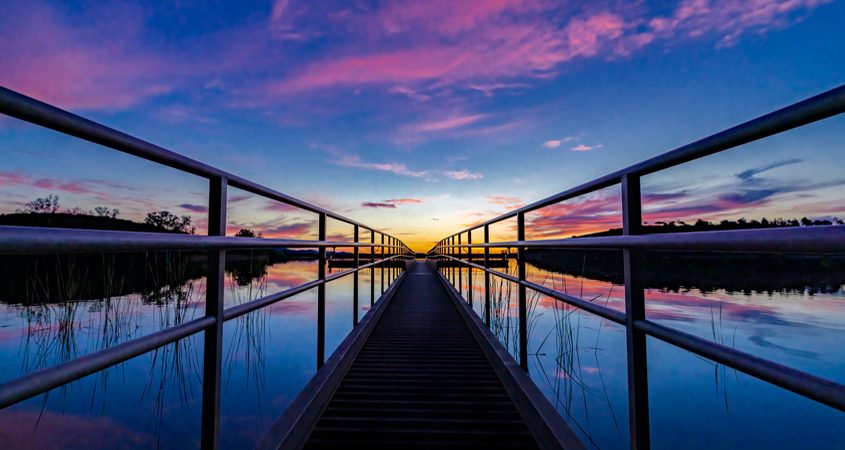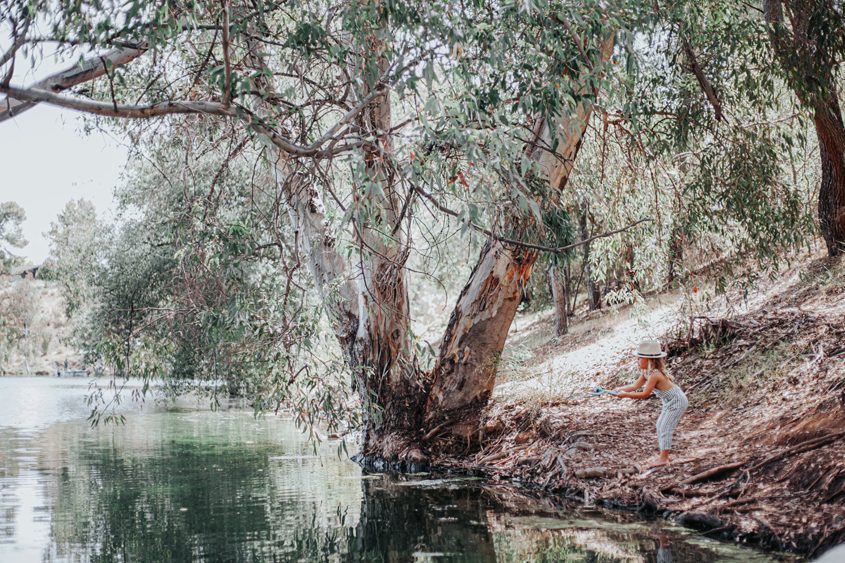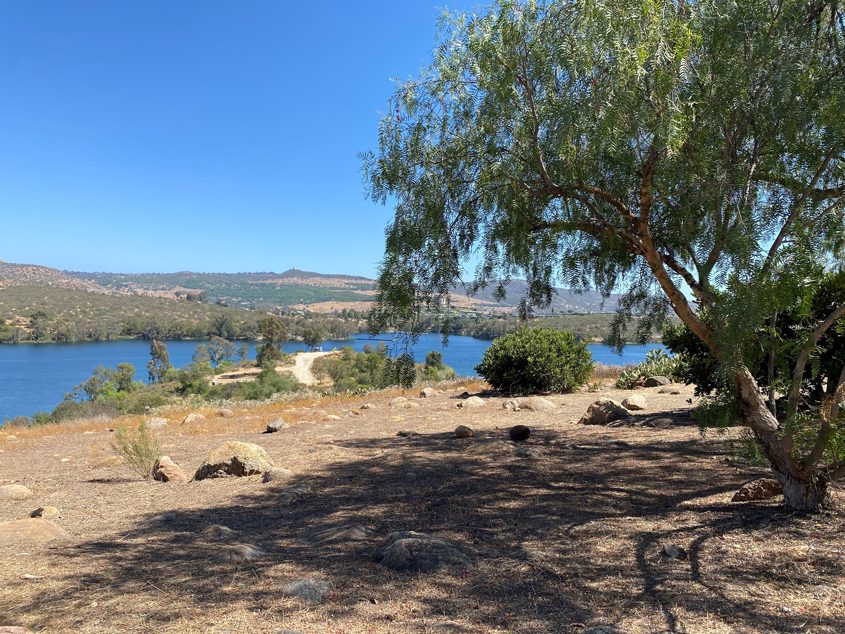Lake Jennings 2022 Spring Photo Contest Winners Depict Lake Activities
Sunsets, wildlife, and family fun inspired the winning photos in the 2022 Lake Jennings Spring Photo Contest, held by the Helix Water District. Winners were named this week and recognized at the June Governing Board meeting.
The water district offers two yearly contests to connect with their customers and recognize their achievements.
Now in its 11th year, the contest drew 47 entries from throughout San Diego County. This year’s entries highlighted the unique beauty of camping, fishing, hiking, spotting wildlife, and enjoying the view at Lake Jennings. The contest was open for photos taken between March 1 and May 31, 2022. The following photographers took top honors.
2022 Spring Photo Contest Adult Category

First Place: John Wozny, “Casting A Sunset.” Photo: Helix Water District

Second Place: Crystian Baird, “No Shoes, No Problem.” Photo: Helix Water District

Third Place: John Wozny, “The Eagle Has Landed.” Photo: Helix Water District
2022 Spring Photo Contest Youth Category

First Place: Lucas Sides, “Lunch.” Photo: Helix Water District

Second Place: Lucas Sides, “A Day At The Lake.” Photo: Helix Water District

Third Place: Lydia McQuiddy, “Blue Sky Day.” Photo: Helix Water District
The winning photos are also available on Lake Jennings’ Facebook page and the District’s website.
Scenic community resource for six decades
Lake Jennings is among San Diego County’s most scenic parks. The lake is a drinking water reservoir in Lakeside, California, owned and operated by Helix Water District.
Lake Jennings is named for William H. Jennings, an attorney who grew up on his family farm in Lakeside. He served as San Diego County Water Authority general counsel for 26 years and served on the California Water Commission. Jennings played a significant role in the State Water Project in the 1950s and helped secure imported water for San Diego County In the 1960s. The lake was named in his honor in 1964.
(Editor’s note: The Helix Water District is one of the San Diego County Water Authority’s 24 member agencies that deliver water across the metropolitan San Diego region.)



